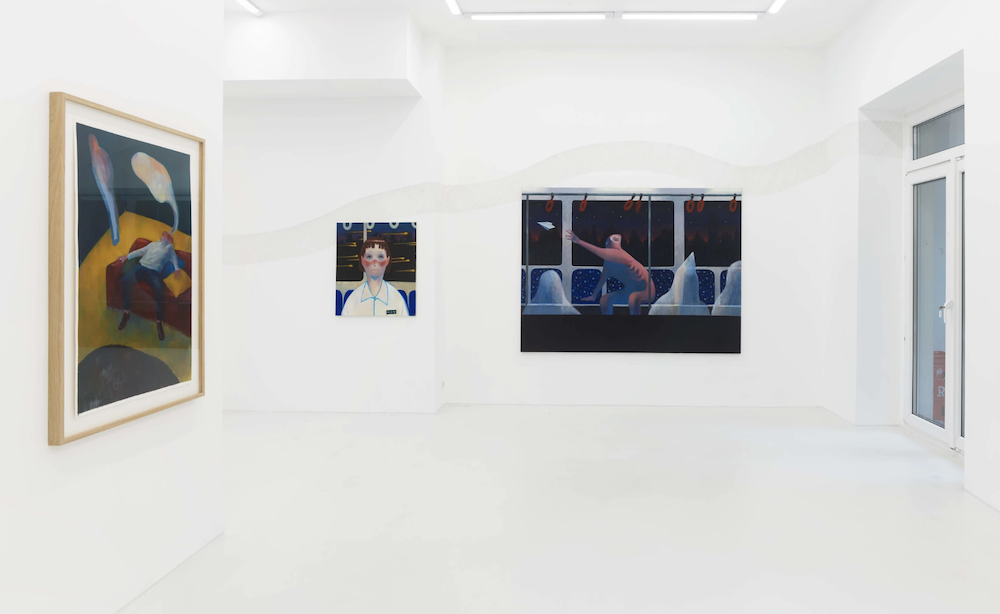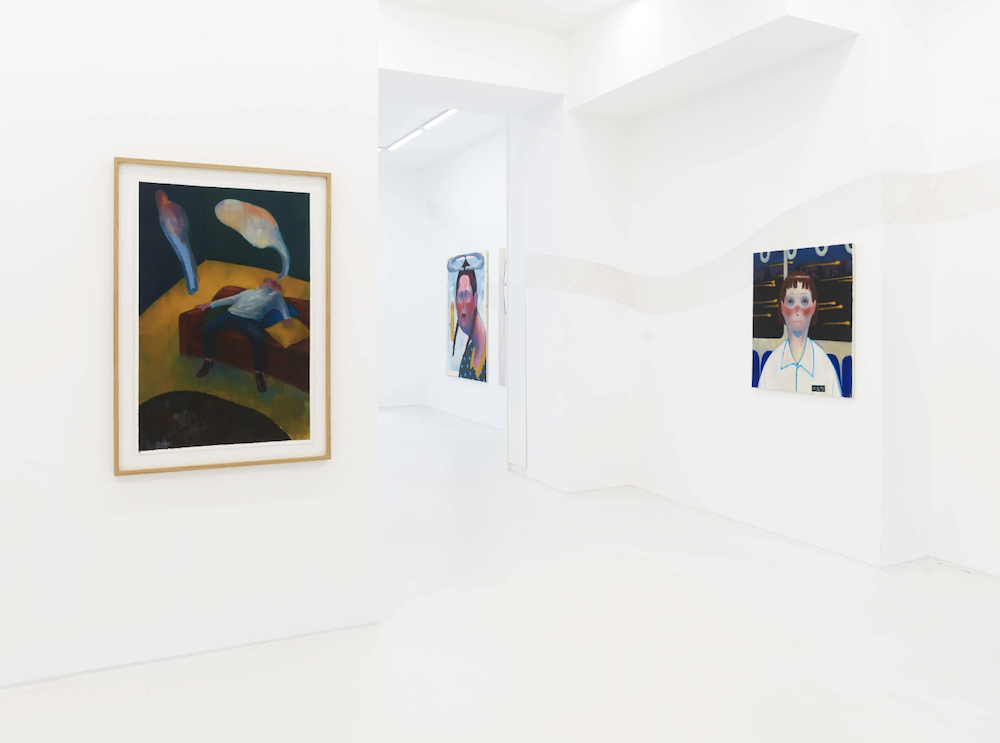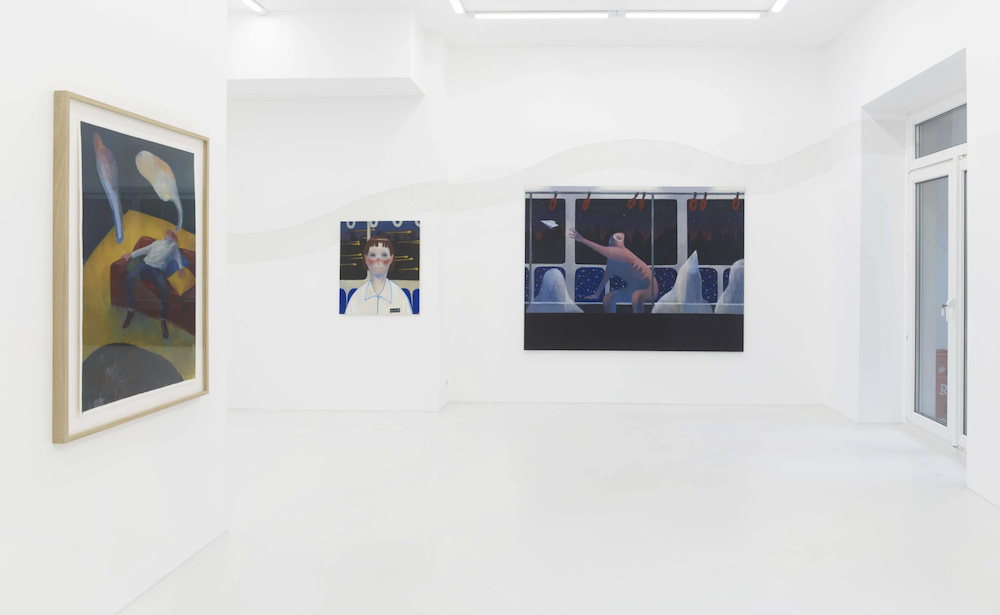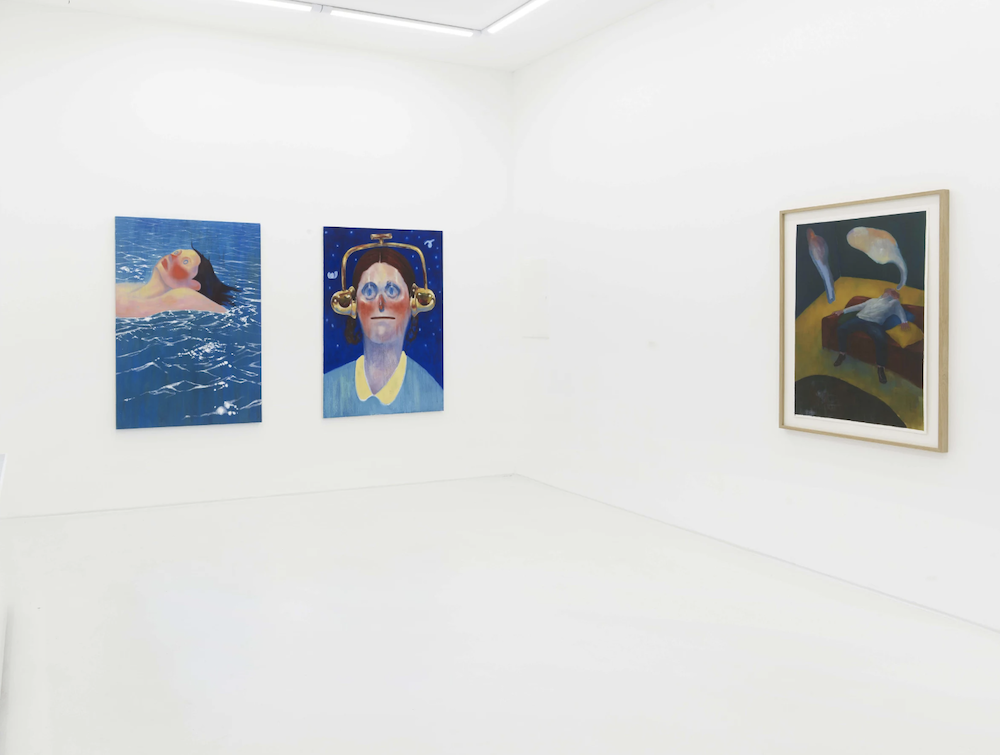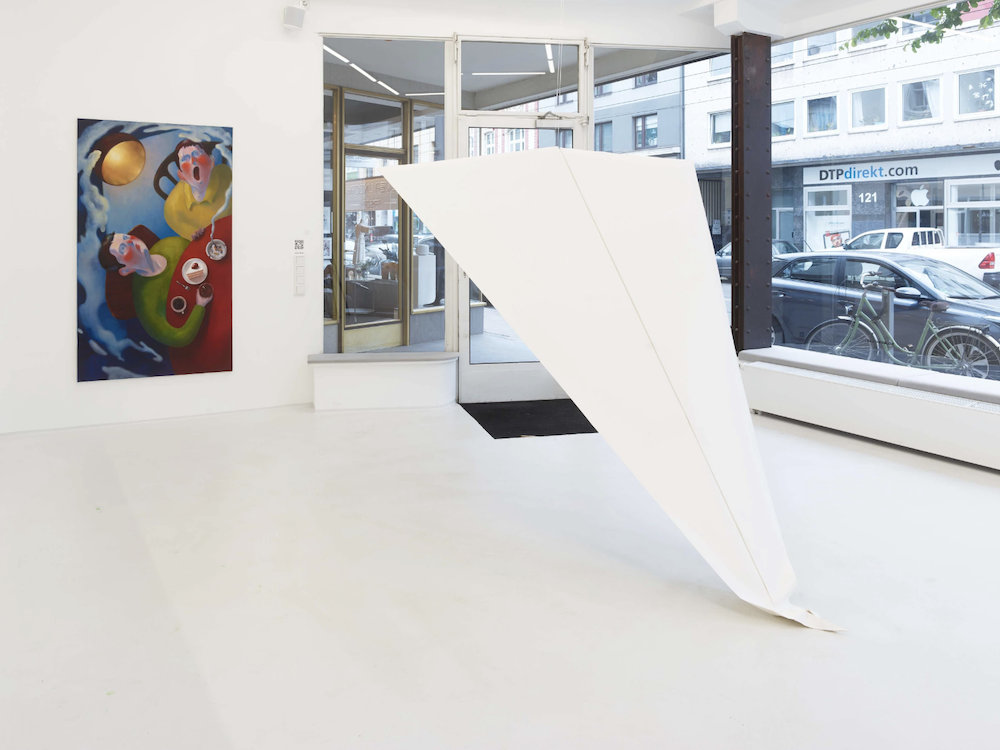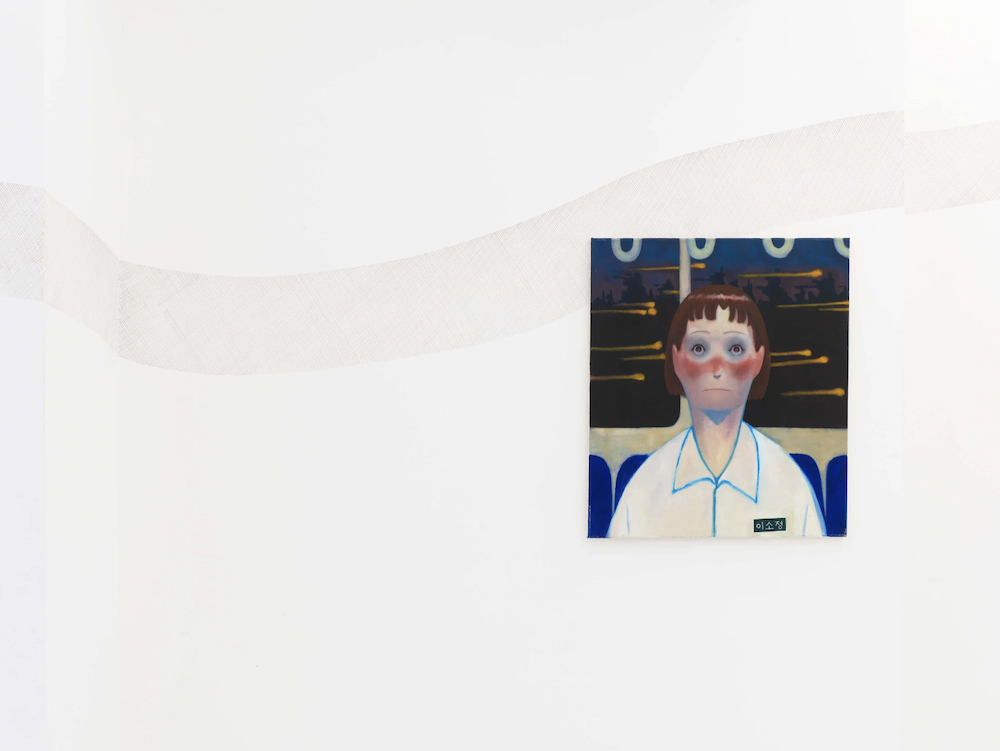The life we live, see, and experience around us is, according to Sigmund Freud, only the tip of the iceberg of consciousness. Our feelings, motives, and decisions are, in fact, influenced by the unconscious mind as the primary source of human behavior. Impossible to reach purposely and protected by various defense mechanisms (such as repression or denial), this part of the iceberg is revealed only in tongue slips and through dreams. And for Sojeong Lee, documenting these flashes of unconsciousness became a pivotal aspect of her artistic practice.
Art is often used as a means to convey emotions and ideas beyond what's possible with common verbal communication. It is also a way to help deal with certain aspects of life and understand one's position within a greater whole. So, for South Korean artist living and working in Düsseldorf, this particularity formulated the first concepts that her artistic practice revolved around. And according to renowned theories of dream function - the thoughts, images, and sensations occurring in a person's mind during sleep might have a similar purpose. Whether enabling to process trauma, providing simulative training in dealing with threats, or helping and promoting the learning process, they reveal things that are impossible to notice awake or through conscious observation. And this particular realization prompted Lee to modify her overall practice and the entire oeuvre into a visual diary of the subconscious. Documenting her own dreams and nightmares, most of them scary and involving running away or flying on a paper plane for dear life (and always succeeding), she went way beyond forming a language to speak of her emotional states, the solitude, alienation, or strangeness.
Strongly influenced by omnipresent manga aesthetics while growing up, it was the idea of making comics that sparked her initial interest in creative expression. But while the term "manga" is almost synonymous with “cute” or “cartoonish” in the Western world, it was its ability to capture and convey emotion, tension, and intensity that Lee was primarily interested in. By abstracting the signature big eyes and painting empty circles in their place, the protagonists became more ambiguous and stripped of any character traits. In addition to blushing red cheeks on an otherwise pale body (to some extent referring to the widespread tradition of beautifying the deceased), the imagery got removed further away from childhood innocence and positioned in the realm of esoterism.
Combining such an approach with a deep appreciation for painterly tradition, and an almost conservative outlook on figure-based, narrative oil painting, Lee developed a polished blend of two worlds through which she’s deciphering and sharing her thoughts and dreams. Enjoying the process from the moment of laying down the first layer of gesso on a raw canvas surface, the main goal is to continuously paint and create visual proofs of the aforementioned theories of dream function. So shrouded within the passages of vibrant, tantalizing oil hues are bizarre and surreal characters and events, metaphors of personal fears and realizations. They regularly carry a hint of Miriam Cahn’s horror, uncertainty, and tension, Ruprecht von Kaufmann’s emphasis on telling dark, deeply personal stories while also suggesting the universal experience, or elements of Henri de Toulouse-Lautrec’s peculiar way of making "drawings in colored paint." Images experienced in her sleep as hallucinatory movies are transformed into cryptic snapshots filled with personally important symbolism - a volcano signifying an emotional change, smoke indicating wandering away, headphones suggesting escape, the paper plane being a flimsy means of getaway, and the nets alluding to Lee’s ongoing quest to capture those visions. Some of them sourced from preconsciousness, and others, more traumatic and powerful negative ones, from further below the surface of awareness. And just as the goal of psychoanalysis is to make the unconscious conscious, Lee's goal is to deep-dive into the Iceberg Theory and make the envisioned visible. —Saša Bogojev
https://www.galeriedroste.com/






